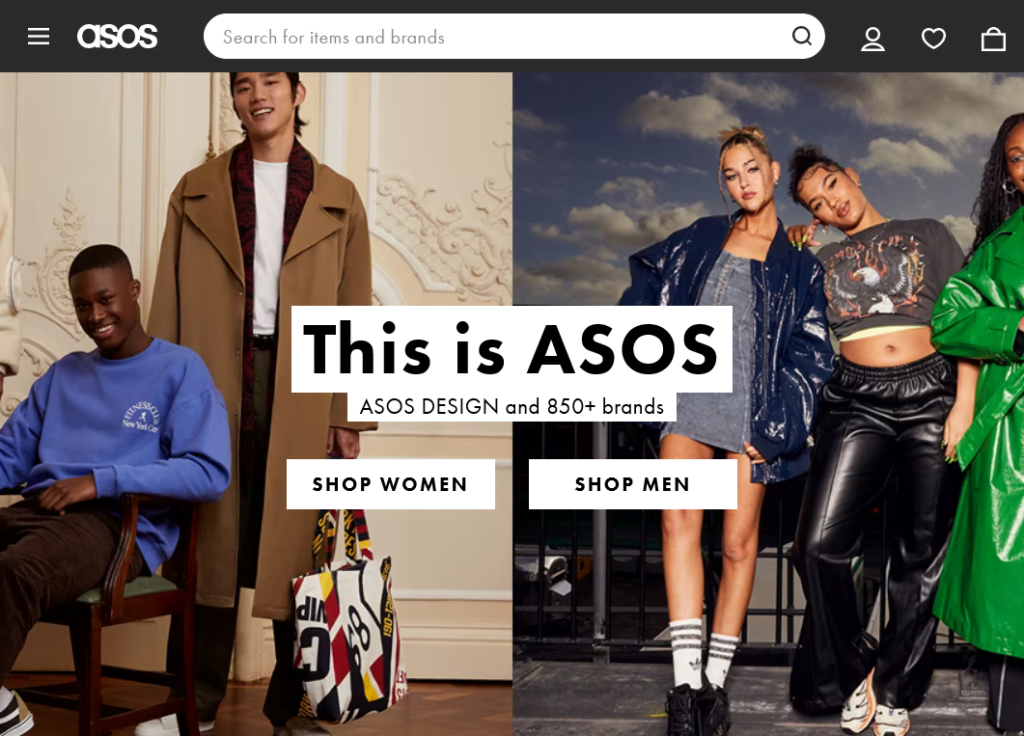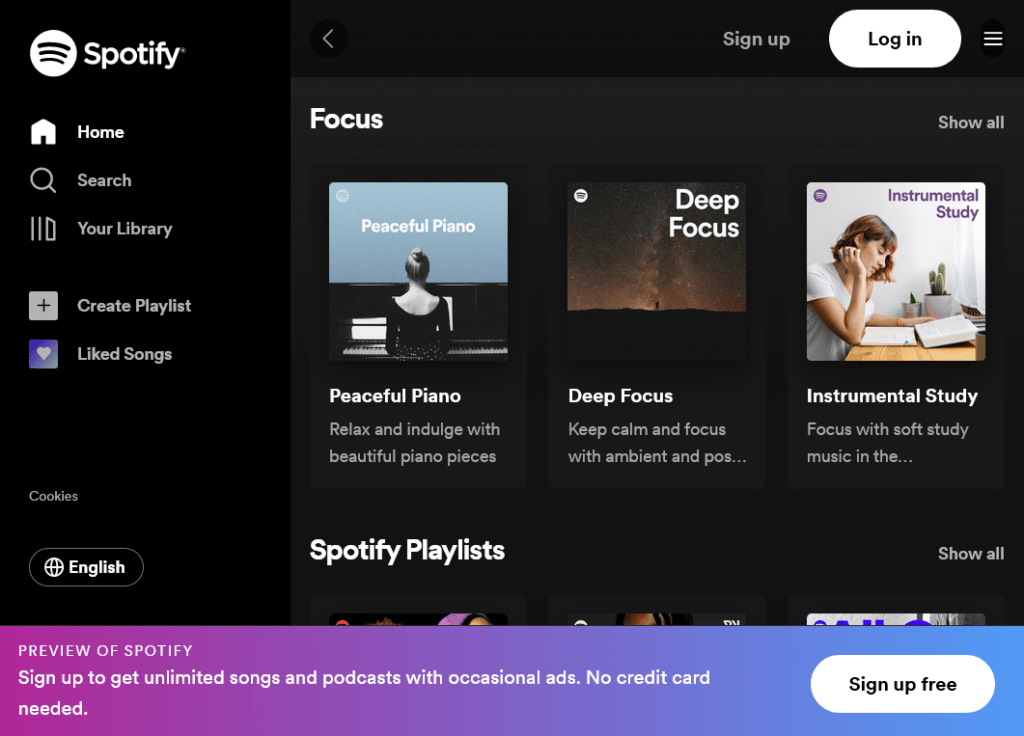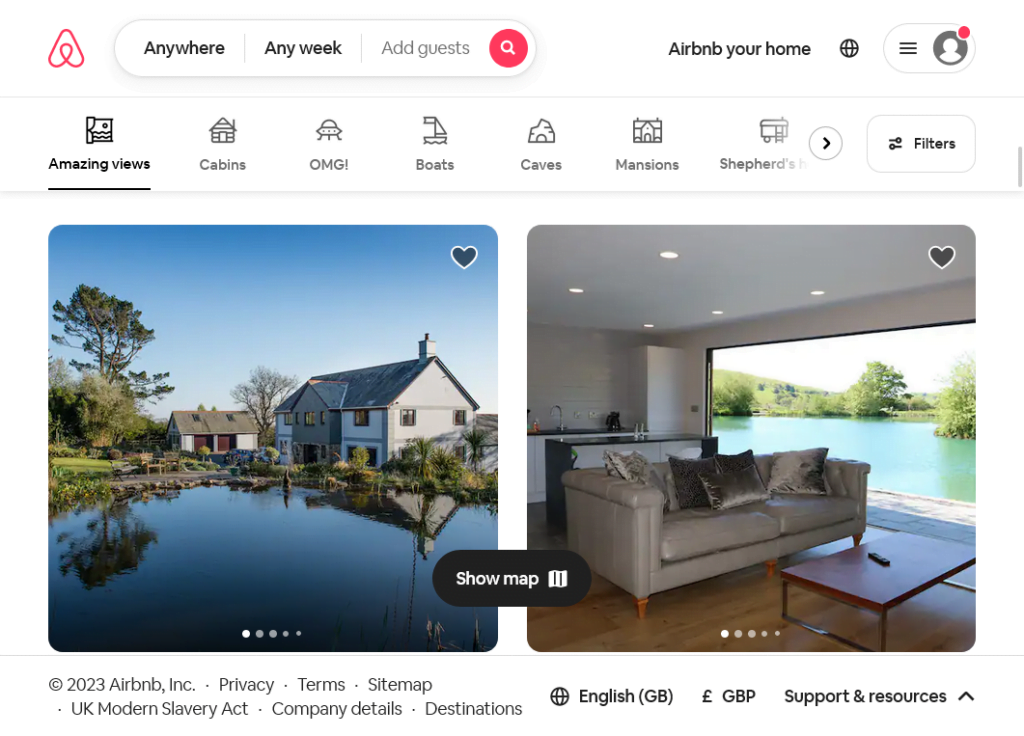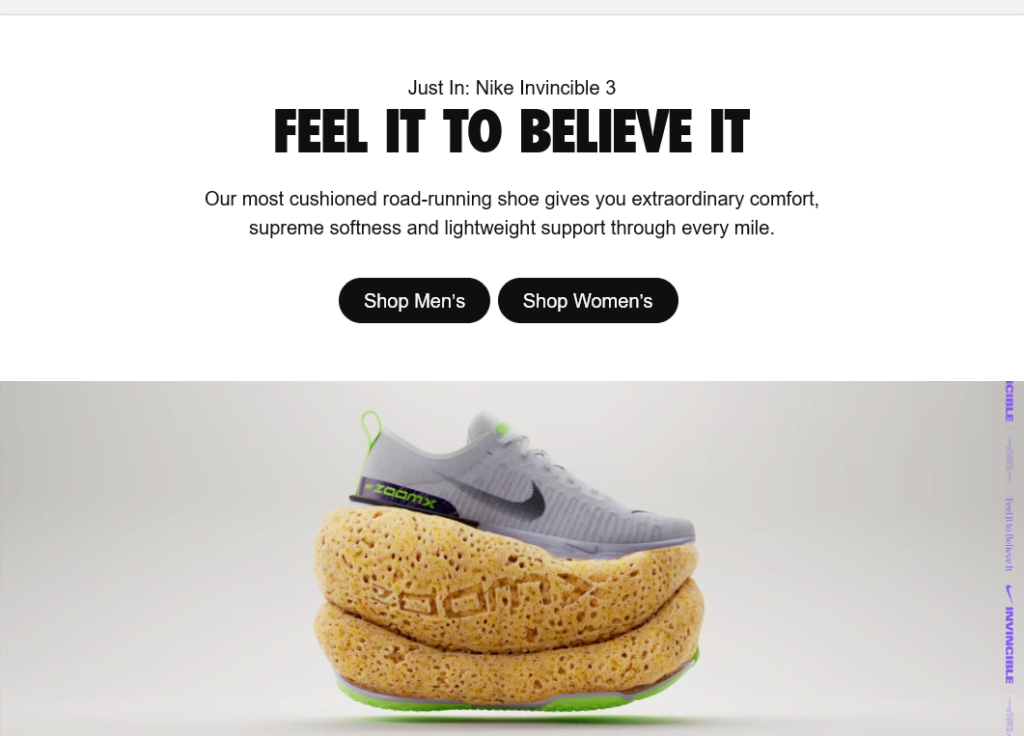Social media has become an essential part of any digital marketing strategy. It allows businesses to connect with their customers, build brand awareness, and drive traffic to their website.
One effective way to make the most out of social media is by integrating it with your website. Let’s look at the benefits of social media integration and some practical examples of how to do it.
Why integrate social media with your website?
Integrating your website with your social media channels can bring several benefits to your business. First, it can help you increase your social media following by making it easy for your website visitors to connect with your social profiles.
Second, it can help you promote your content and drive traffic to your website by sharing your blog posts and other content on social media.
Finally, it can help you build social proof by displaying social media feeds, reviews, and testimonials on your website.
Practical examples of social media integration
There are several ways to integrate social media with your website. Here are some practical examples:
- Social media buttons: Add social media buttons to your website’s header, footer, or sidebar. This will allow visitors to easily follow you on social media platforms like Facebook, Twitter, Instagram, and LinkedIn.
- Share buttons: Add social share buttons to your blog posts and other content. This will allow visitors to easily share your content on their social media profiles.
- Social media feeds: Display social media feeds on your website. This will allow visitors to see your latest social media updates and interact with your content without leaving your website.
- Reviews and testimonials: Display reviews and testimonials from your social media profiles on your website. This will help you build social proof and increase trust among your website visitors.
- Social login: Allow visitors to log in to your website using their social media profiles. This will make it easier for them to create an account and reduce the friction of the sign-up process.
Real-world examples

ASOS is an online fashion retailer that has integrated social media into its website in multiple ways. For example, they allow customers to sign up and log in using their social media accounts.
Finally they display user-generated content on product pages, showcasing how customers are styling their purchases in real life.

Spotify is a music streaming service that has integrated social media into its platform by allowing users to share playlists and songs on social media directly from the app.
Data from users’ social media activity is used to recommend music based on their interests and what their friends are listening to.

Airbnb is a travel booking platform that has integrated social media into its website by allowing users to sign up and log in using their social media accounts.
User-generated content, such as reviews and photos, on property pages also provide a more authentic view of the properties being offered.

Nike has integrated social media into its website by allowing users to create and share custom designs for their products on social media.
A dedicated social media section on their website showcases how their customers are using their products in various settings.
So to sum up, integrating your website with your social media channels can bring several benefits to your business. By making it easy for visitors to connect with your social profiles, sharing your content on social media, and displaying social proof on your website, you can increase your social media following, drive traffic to your website, and build trust with your audience. Start integrating social media with your website and reap the benefits!
At Zookri, we specialise in integrating websites with digital marketing channels to help businesses reach their goals. Contact us today to learn more about our services.



